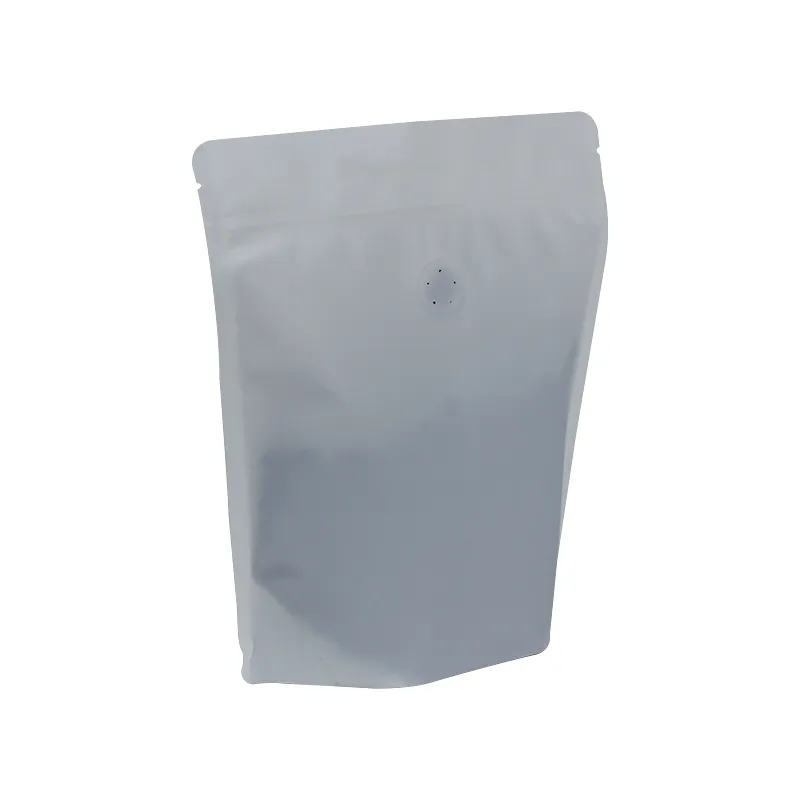- Afrikaans
- Albanian
- Amharic
- Arabic
- Armenian
- Azerbaijani
- Basque
- Belarusian
- Bengali
- Bosnian
- Bulgarian
- Catalan
- Cebuano
- chinese_simplified
- chinese_traditional
- Corsican
- Croatian
- Czech
- Danish
- Dutch
- English
- Esperanto
- Estonian
- Finnish
- French
- Frisian
- Galician
- Georgian
- German
- Greek
- Gujarati
- haitian_creole
- hausa
- hawaiian
- Hebrew
- Hindi
- Miao
- Hungarian
- Icelandic
- igbo
- Indonesian
- irish
- Italian
- Japanese
- Javanese
- Kannada
- kazakh
- Khmer
- Rwandese
- Korean
- Kurdish
- Kyrgyz
- Lao
- Latin
- Latvian
- Lithuanian
- Luxembourgish
- Macedonian
- Malgashi
- Malay
- Malayalam
- Maltese
- Maori
- Marathi
- Mongolian
- Myanmar
- Nepali
- Norwegian
- Norwegian
- Occitan
- Pashto
- Persian
- Polish
- Portuguese
- Punjabi
- Romanian
- Russian
- Samoan
- scottish-gaelic
- Serbian
- Sesotho
- Shona
- Sindhi
- Sinhala
- Slovak
- Slovenian
- Somali
- Spanish
- Sundanese
- Swahili
- Swedish
- Tagalog
- Tajik
- Tamil
- Tatar
- Telugu
- Thai
- Turkish
- Turkmen
- Ukrainian
- Urdu
- Uighur
- Uzbek
- Vietnamese
- Welsh
- Bantu
- Yiddish
- Yoruba
- Zulu
Understanding the Conversion of 3mm to Gauge Measurements in Various Applications
Understanding 3 mm to Gauge Conversions A Comprehensive Guide
In various industries, particularly in construction and engineering, it’s essential to understand the measurements of thickness and diameter. One such conversion that professionals often encounter is that of millimeters (mm) to gauge, commonly referred to as the gauge system. This system is crucial for specifying materials, especially when dealing with metals, wires, and sheet materials.
What is Gauge?
Before diving into the conversion details, it’s important to clarify what gauge means. The gauge system is a non-linear measurement scale used primarily to denote the thickness or diameter of various materials. The term “gauge” is often used in reference to metal sheets and wires, where lower gauge numbers signify thicker materials and higher numbers denote thinner materials. For instance, a 10-gauge wire is thicker than a 20-gauge wire.
Several industry-specific gauge standards exist, such as the American Wire Gauge (AWG) for electrical wires and the Standard Wire Gauge (SWG) for general purposes. Each standard has its unique table of measurements that dictate the relationship between gauge numbers and their corresponding millimeter equivalents.
Converting 3 mm to Gauge
To convert 3 mm to gauge, it is vital to identify which gauge system is being utilized since conversions can differ significantly between the systems. For example, a common conversion reference is as follows for sheet metal
- 3 mm is approximately 11-gauge in the American Wire Gauge system for steel
.However, for different materials such as aluminum, the gauge conversion may vary. Hence, understanding the specific material being measured is critical for accuracy.
Gauge Tables A Useful Resource
3 mm to gauge

When dealing with gauge conversions, gauge tables can be immensely beneficial. These tables list various materials along with their corresponding gauge numbers and millimeter measurements. For steel, the conversion from millimeters to gauge is generally straightforward, while materials like copper, aluminum, and brass may require separate tables due to their differing densities and properties.
For example, the following is a simple conversion reference for metals
- 3 mm 11-gauge (mild steel) - 3 mm 10-gauge (aluminum)
Employers, engineers, and designers should always consult the specific gauge table for the type of material they are working with to ensure proper conversion and application.
Practical Applications of Gauge Measurements
Understanding gauge measurements has real-world applications across various fields. In construction, knowing the thickness of sheet metal is crucial for adhering to building codes, ensuring structural integrity, and meeting safety regulations. In electrical work, gauge sizes determine the wire's capacity to carry electrical loads, influencing everything from household wiring to industrial applications.
Additionally, in the arts and crafts sectors, gauge measurements are vital for artists and designers working with metal sheets for sculptures, custom fittings, or jewelry-making. Proper thickness readings ensure that their creations are both visually appealing and structurally sound.
Conclusion The Importance of Accurate Conversion
Accurately converting 3 mm to gauge is not merely a matter of convenience; it ensures safety, quality, and adherence to standards within various industries. As gauge systems can differ based on the type of material being used, professionals should familiarize themselves with the relevant conversion tables and standards that apply to their specific work.
Whether you are working in construction, engineering, or art, understanding how to convert measurements between millimeters and gauge is an invaluable skill that facilitates better decision-making and more effective project execution. Always prioritize precision, consult reliable references, and ensure your measurements are as accurate as possible to achieve optimal results in any undertaking.













